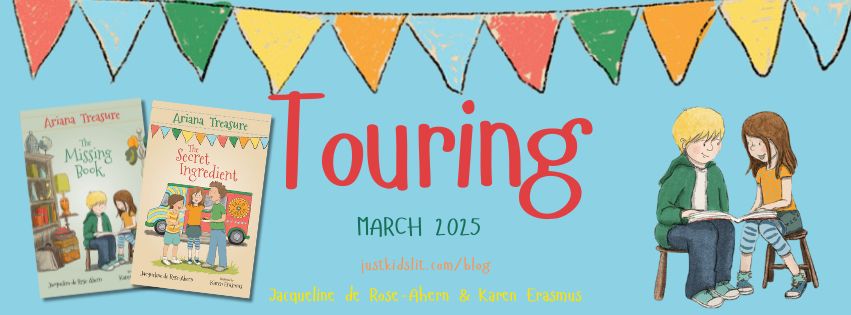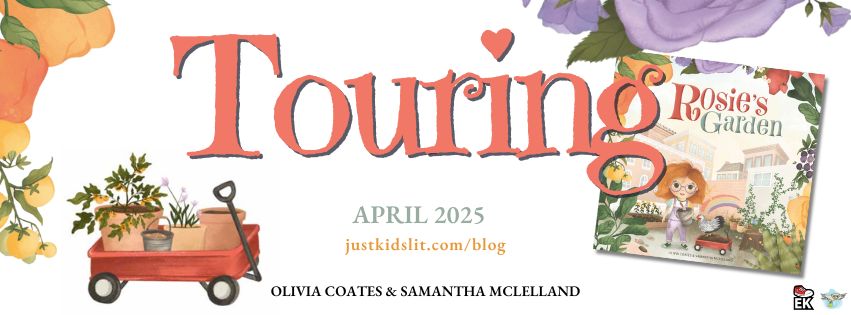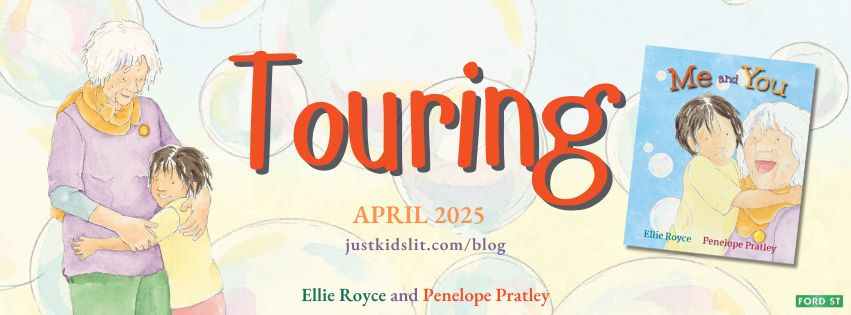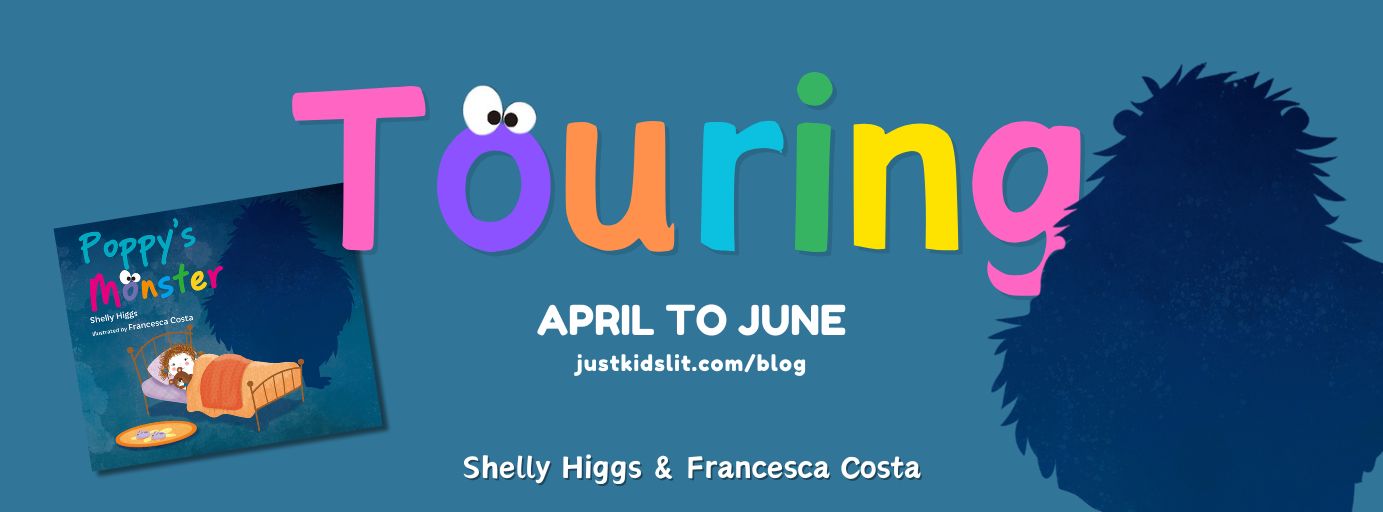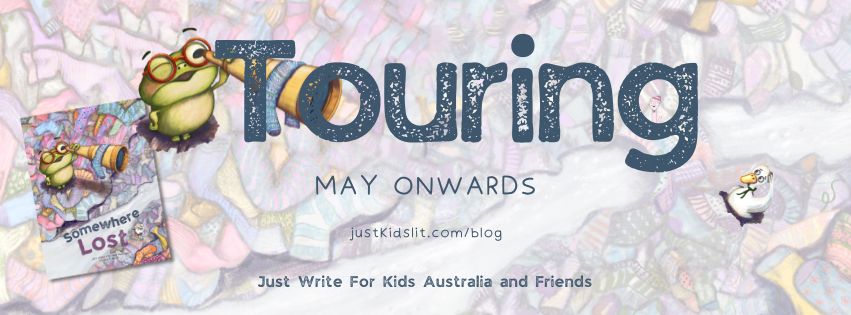#maxboothfuturesleuth #maptrap #bookcampaign #booksontourpr
In Map Trap, Max Booth and Oscar discover an ancient 400-year-old GPS navigational unit from 2015, and are shocked to find it still works. Using their mapping and orientation skills, they navigate their way through the suburbs way out of Bluggsville. Today, students can have the opportunity to explore orienteering and coordinates with a range of mapping activities!
Discussion:
Look at the cover of Max Booth Future Sleuth: Map Trap. What can you see? What do you think is happening? How do you think the characters are feeling? How do you know?
What do you know about GPS units? What is their purpose? Have you seen or used one?
Have you used a paper map? What are the differences between paper maps and digital maps?
Notice the keys and compass symbol on the maps. What do they mean? How can they help you find your way from one destination to the other?
Which way is North? East? South? West? Stand in a spot in your home or school and work out which direction you are facing when turning on the spot. Try this at different times of the day. What do you notice about the direction of the sun?
How do you think Max and Oscar felt when the old GPS directed them through streets and landmarks that were no longer there? What would you do in the same situation?
What do you think navigational devices might be like in the distant future?
Activities:
Ages 7 – 12 (Years 3, 4, 5, 6)
DIY Simple Compass
Curriculum Links:
Design and Technologies (ACTDEK011) (ACTDEK013) (ACTDEP016) (ACTDEK023)
Science: Physical sciences (ACSSU076), Science as a Human Endeavour (ACSHE061) Science Inquiry Skills (ACSIS231) (ACSIS065) (ACSIS091)
Objective: To learn about the science of magnetic forces.
Children will learn about magnets and how a frictionless environment allows the compass needle to move.
Materials needed: paper, paperclip (or needle), marker, magnet, water.
Directions:
- Cut a paper circle and draw arrows horizontally and vertically from the centre of the circle. At the end of each arrow, write N (North) at the top, E (east) to the right, S (South) at the bottom, and W (West) to the left. Extension: Fill in other compass points – NE, SE, SW, NW.
- Place a paperclip on the centre (North – South), one end of the paperclip pierced through the paper to hold it in place.
- ‘Magnetise’ the paperclip by rubbing a magnet along it from south to north, making sure you lift the magnet after each south to north rub. Rub the paperclip about 50 times!
- Place the compass in a shallow dish of water and watch it turn to point North.
Further instructions on how to make a compass with a needle can be found here.
Compass Treasure Hunt
Curriculum Links:
Mathematics: Location and transformation (ACMMG065) (ACMMG090) (ACMMG091)(ACMMG113)
Objective: To recognise topographical map symbols, use a compass and gauge distances between course checkpoints.
Children can practice their skills in following directions and understanding the compass orientation with a fun, hands-on treasure hunt in the search for a precious piece of modern (or ancient) art!
Materials needed: compass, paper and marker (or typed and printed) and treasure.
Directions:
- Map out the course (indoor or outdoor) to accurately count the steps or distances between checkpoints (mark with a flag), and hide the treasure from the children.
- Directions can be written as clues or riddles to solve, or actions to do (jump, climb, spin, etc) on the treasure map in order to get to the next clue. Be sure to include compass directions; North, South, East, West.
- Send the children on their treasure hunt!
Grid Maps
Curriculum Links:
Mathematics: Location and transformation (ACMMG090) (ACMMG091)(ACMMG113)
Objective: To read a grid map using coordinates and a key.
Children can create their own map of their neighbourhood or a fantasy location on grid paper or a digital grid. With a partner, ask and answer questions to locate particular landmarks or objects on the map from the key. The coordinates will be letters (eg. A, B, C, D, E…) on the x-axis and numbers (eg. 1, 2, 3, 4, 5…) on the y-axis.
Questions can include: ‘Where is the…?’, ‘What is located at B4?’, ‘What are the coordinates of the…?’, ‘What is located at A2 and B2?’
Teaching Direction using Coding
Curriculum Links:
Digital Technologies (ACTDIK007)(ACTDIK008)(ACTDIK014)(ACTDIK015)(ACTDIP009) (ACTDIP010)(ACTDIP011) (ACTDIP016)(ACTDIP017)(ACTDIP019)
Mathematics (directional language, coordinates, compass points, measuring angles and length) (ACMMG065) (ACMMG090) (ACMMG091)(ACMMG113)
With a coding app or program, students learn skills in visual coding to describe and follow a sequence of steps to solve problems by interpreting patterns and implementing solutions. A program like Scratch will allow students to create a script to move an object or animal around a map following a series of directions requiring compass points.
Reference: Australian Curriculum
Notes prepared by Romi Sharp.
BONUS! More TEACHING NOTES for Map Trap can be found at the Big Sky Publishing website!
Cameron Macintosh can be found at his website: Home | Cam Macintosh (cammacintosh.com.au)
Facebook | Twitter | Instagram | YouTube
Max Booth Future Sleuth: Map Trap is available for purchase at Big Sky Publishing | Booktopia
Get Stuck into the Map Trap #BookGiveaway!
Click here to enter to WIN a copy of the high-speed adventure that is Max Booth Future Sleuth: Map Trap!
Travel around the blogosphere with Cameron Macintosh and Max Booth Map Trap, appearing at the following media sources.
Organised by Books On Tour PR & Marketing. Email: info.booksontour@gmail.com












